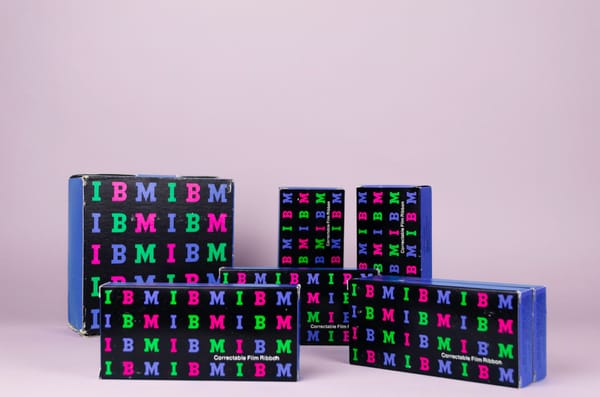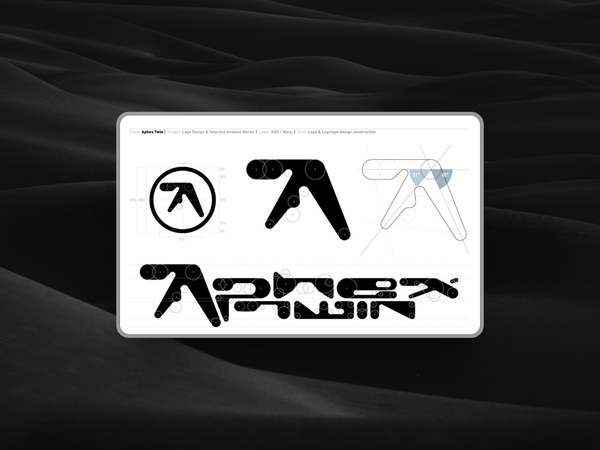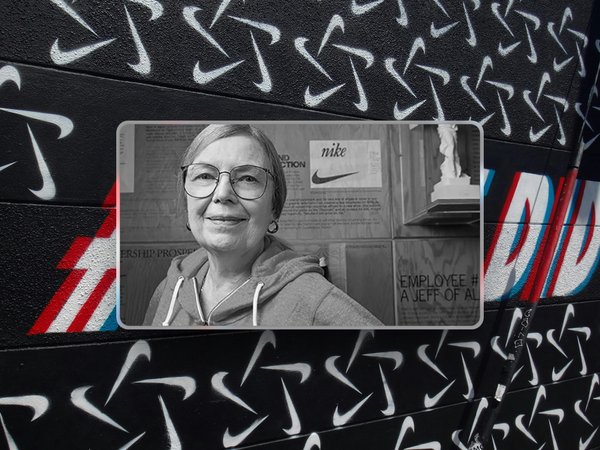Design Is Useless Without Killer Copy—Here’s Why Content Comes First
Building a product is harder without good content

Creating a website can often feel like a chicken-and-egg situation.
Do you start with the design and make the content fit into pre-determined spaces? Or do you draft the copy first and design around the narrative?
Content should always come first, and here’s why.
Copy Drives User Experience
At its core, a website’s primary purpose is to communicate.
Whether it’s selling a product, telling a story, or providing information, content is what keeps people engaged. Without compelling copy, even the most stunning design won’t convert visitors into customers.
Copy sets the tone for how your brand is perceived.
It defines the message you want to convey, the value proposition you offer, and the actions you want visitors to take.
This foundation is essential for shaping the user experience, as it gives designers a clear direction on how to structure the site.
Good UX isn’t just about aesthetics; it’s about helping users find what they need efficiently and with ease. It’s the content that guides that journey.
SEO and Searchability Are Content-Driven
Another reason to prioritise copy is search engine optimisation (SEO).
If your website isn’t easily discoverable, the most beautiful design in the world won’t matter. Search engines don’t rank websites based on how pretty they are—they rank based on content.
High-quality, optimised content ensures your site appears in relevant search results.
By building your website around the content, you can integrate SEO best practices from the outset, rather than retrofitting it into a design that may not support it.
This approach not only improves searchability but also enhances user experience, as visitors are more likely to find what they’re looking for quickly and easily.
Form Follows Function
The famous design principle “form follows function” is especially relevant here.
The function of a website is to communicate effectively, and the content is the medium through which that happens. Design is there to support the content, not overshadow it.
When you lead with content, you provide the designer with clear parameters—what needs to be highlighted, what the calls to action are, and how the narrative flows from one section to the next.
This approach makes the design process more intentional, as it’s crafted to enhance the message, not distract from it.
The balance between copy and design often depends on the type of website you’re creating as well.
With premade templates—like those on Squarespace or Wix—design inevitably comes first. These platforms offer pre-structured layouts where the content must fit within the given spaces.
While convenient, this can be limiting.
In contrast, for custom websites, copy should always take the lead.
It’s the copy that defines your unique selling points, brand identity, and user flow. The design should then elevate and emphasise these elements, ensuring that every visual choice reinforces the core message.
Preventing Design Gaps
Starting with content also reduces the likelihood of design gaps or awkward placeholders that often occur when designers have to guess the substance and length of the copy.
With content in hand, designers can create a seamless, cohesive experience that works hand-in-hand with the narrative.
Design without context is hollow.
When you start with content, you give your design substance, purpose, and clarity. It’s like telling a captivating story with the perfect balance of flair—it draws people in and keeps them engaged.
So, before you get caught up in the visuals, make sure the copy is rock-solid. Then, let the design follow to bring it all to life.





